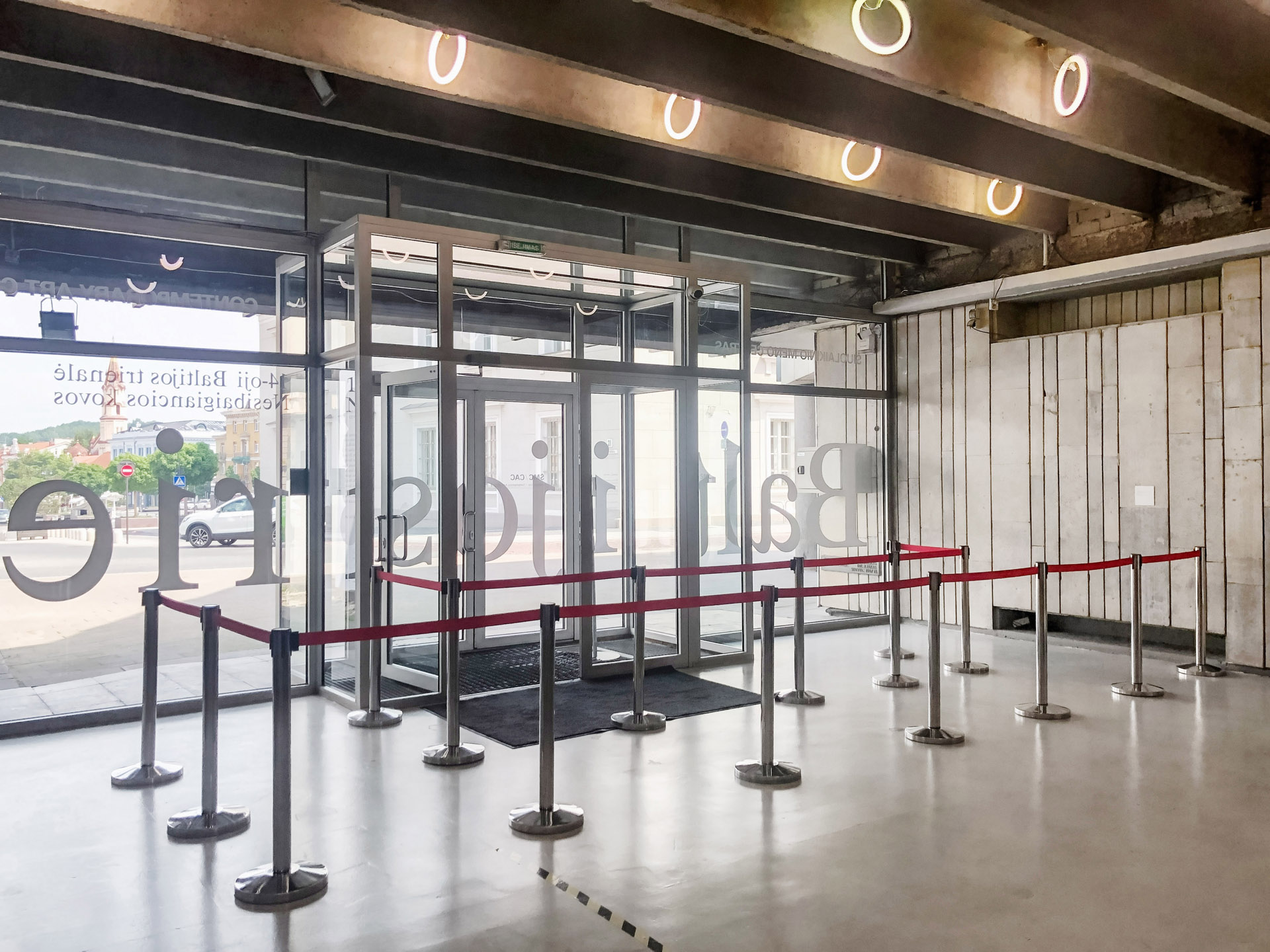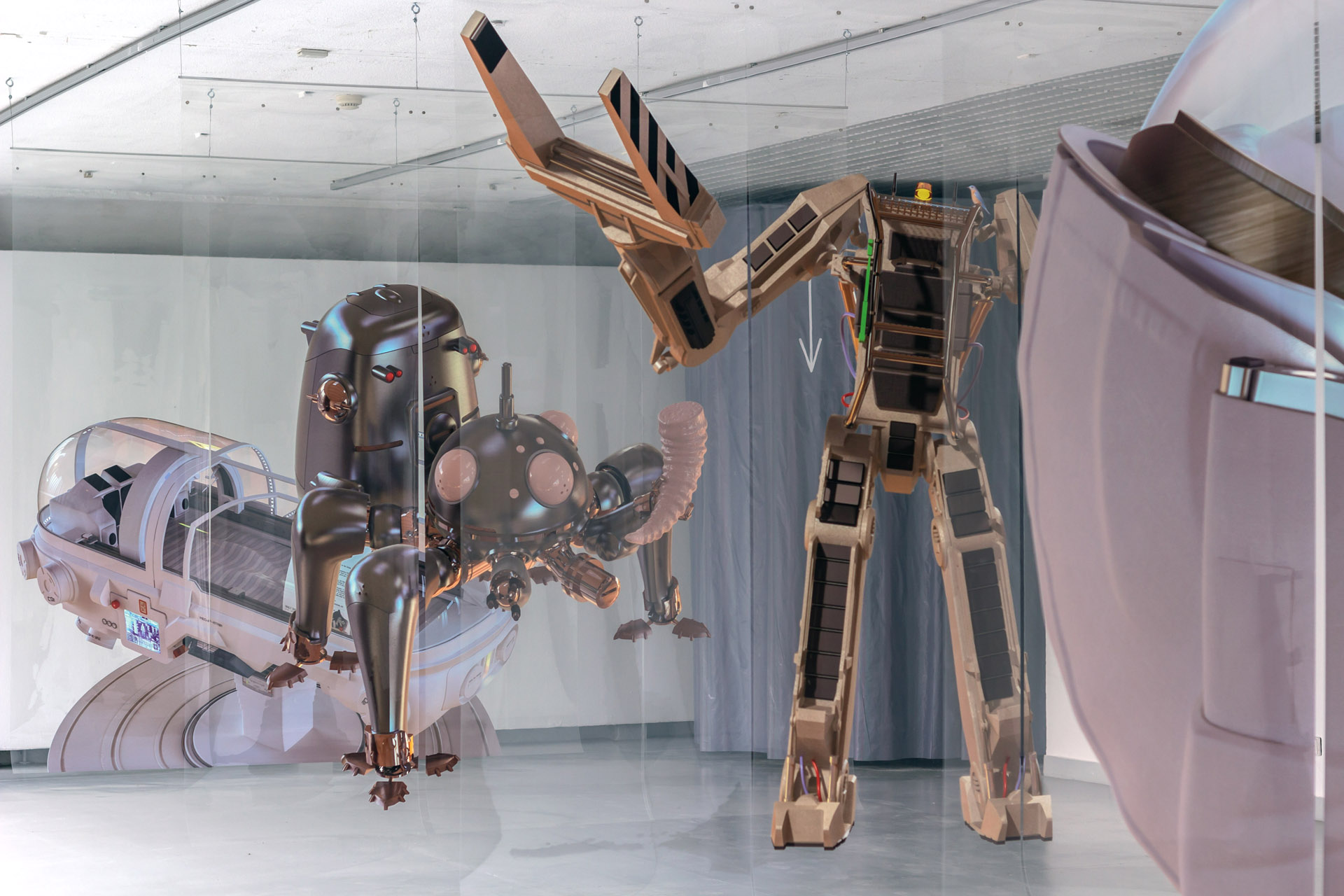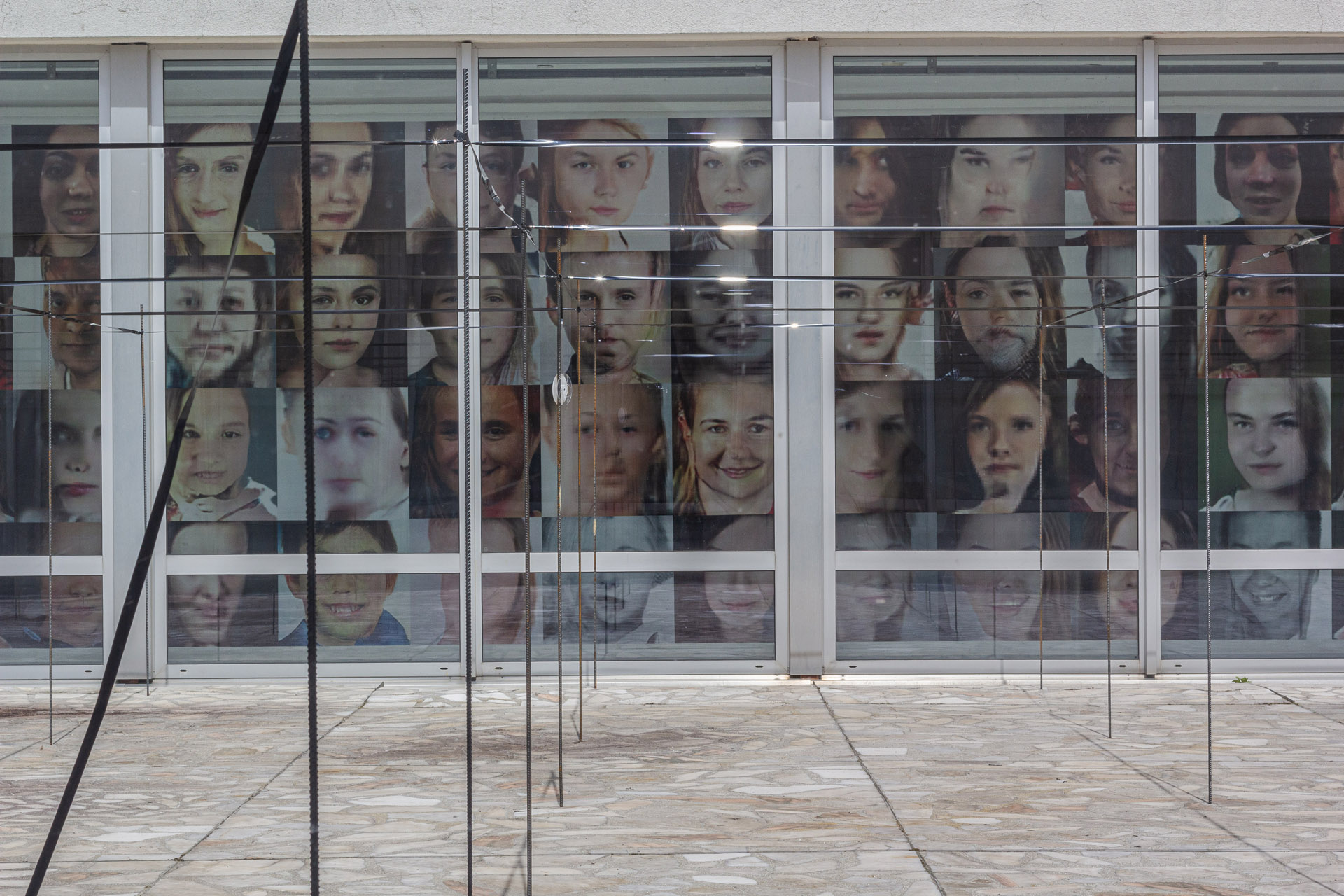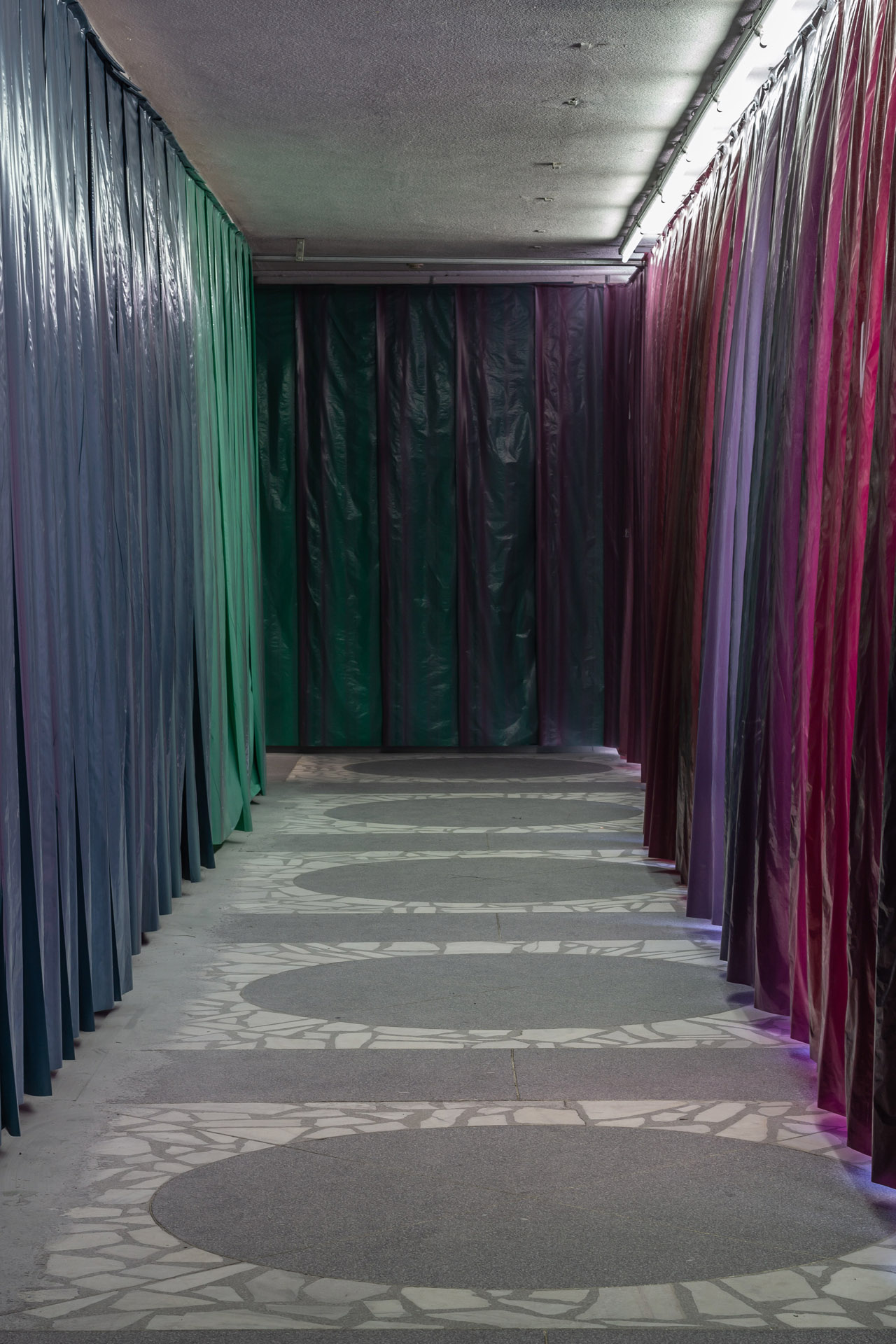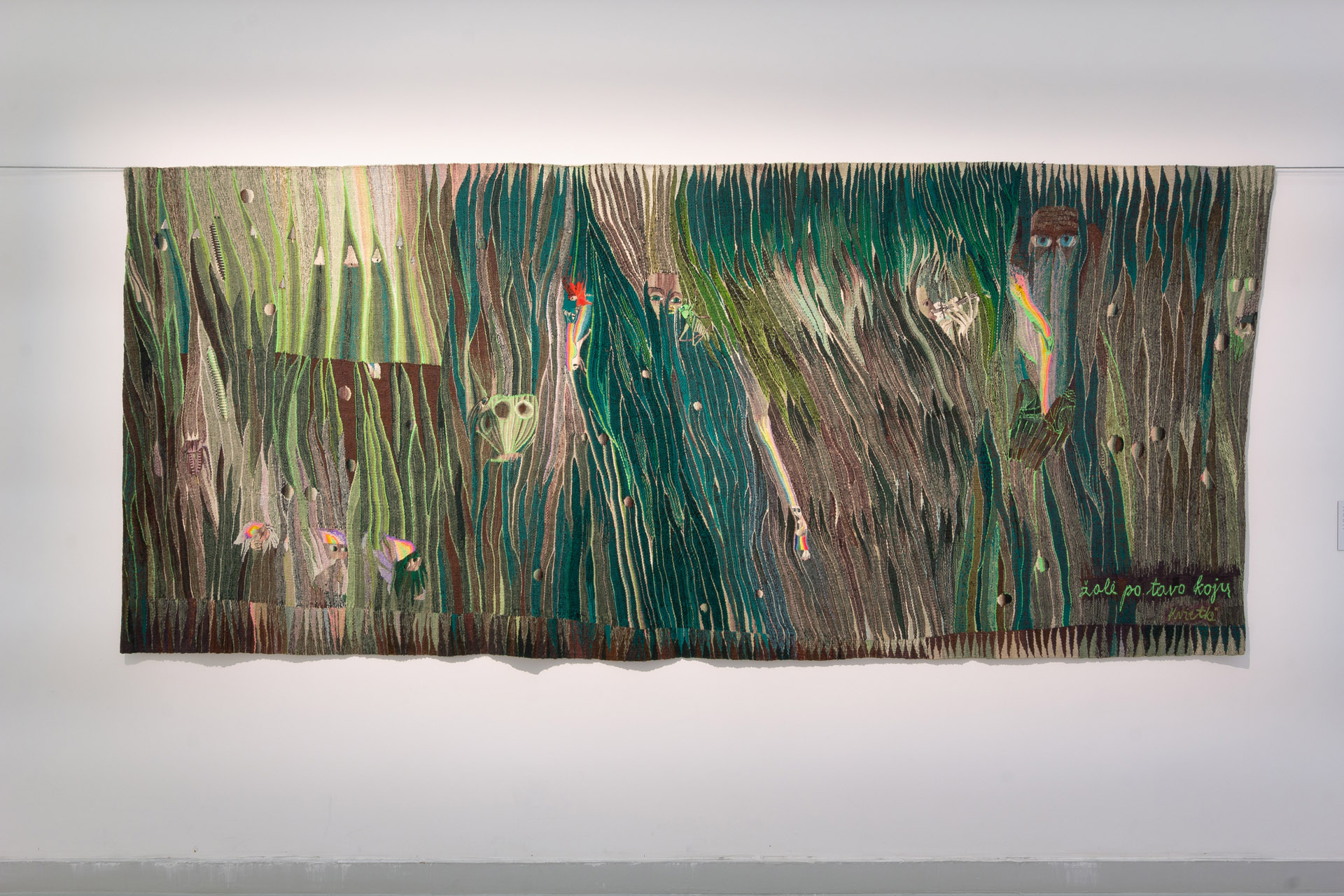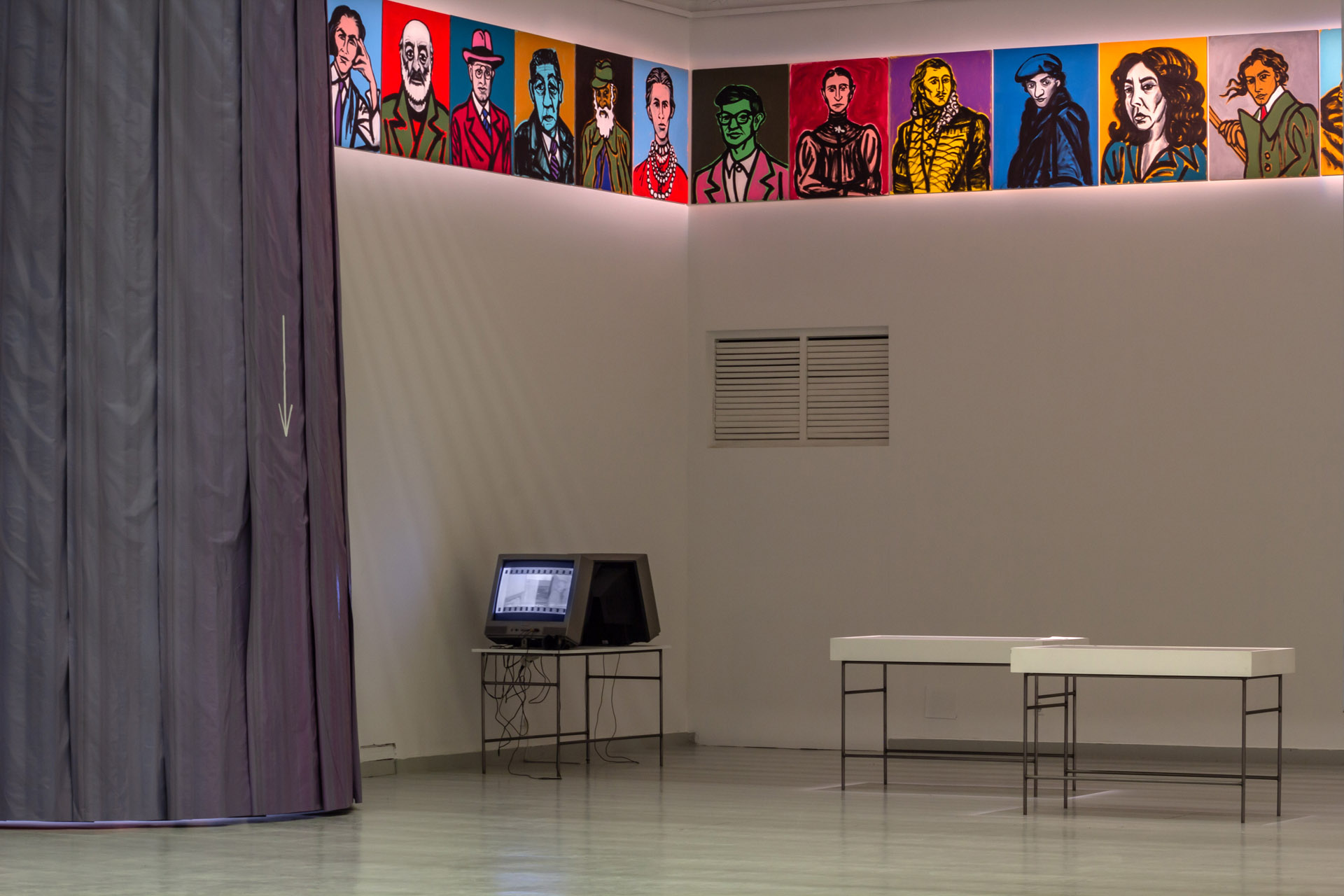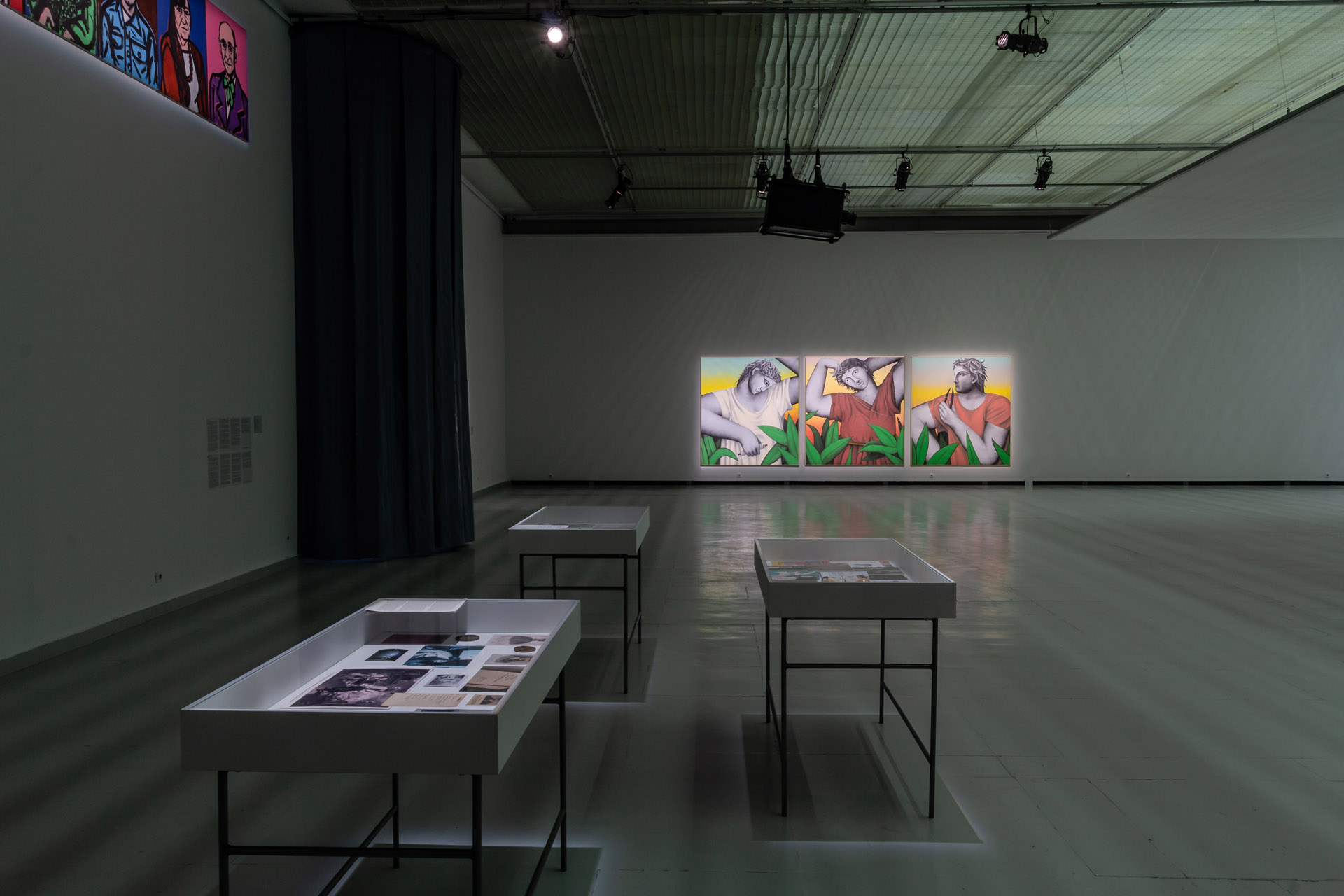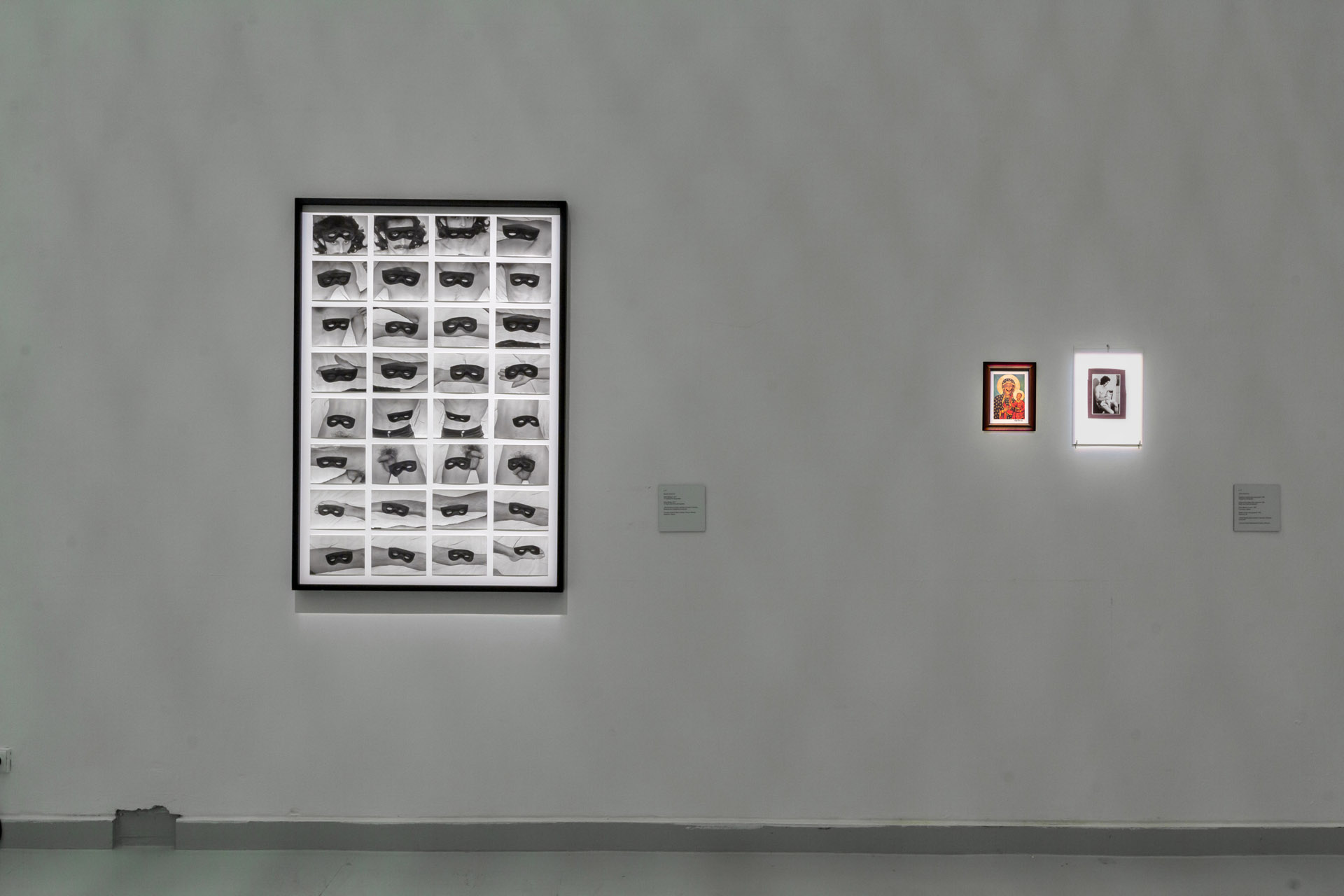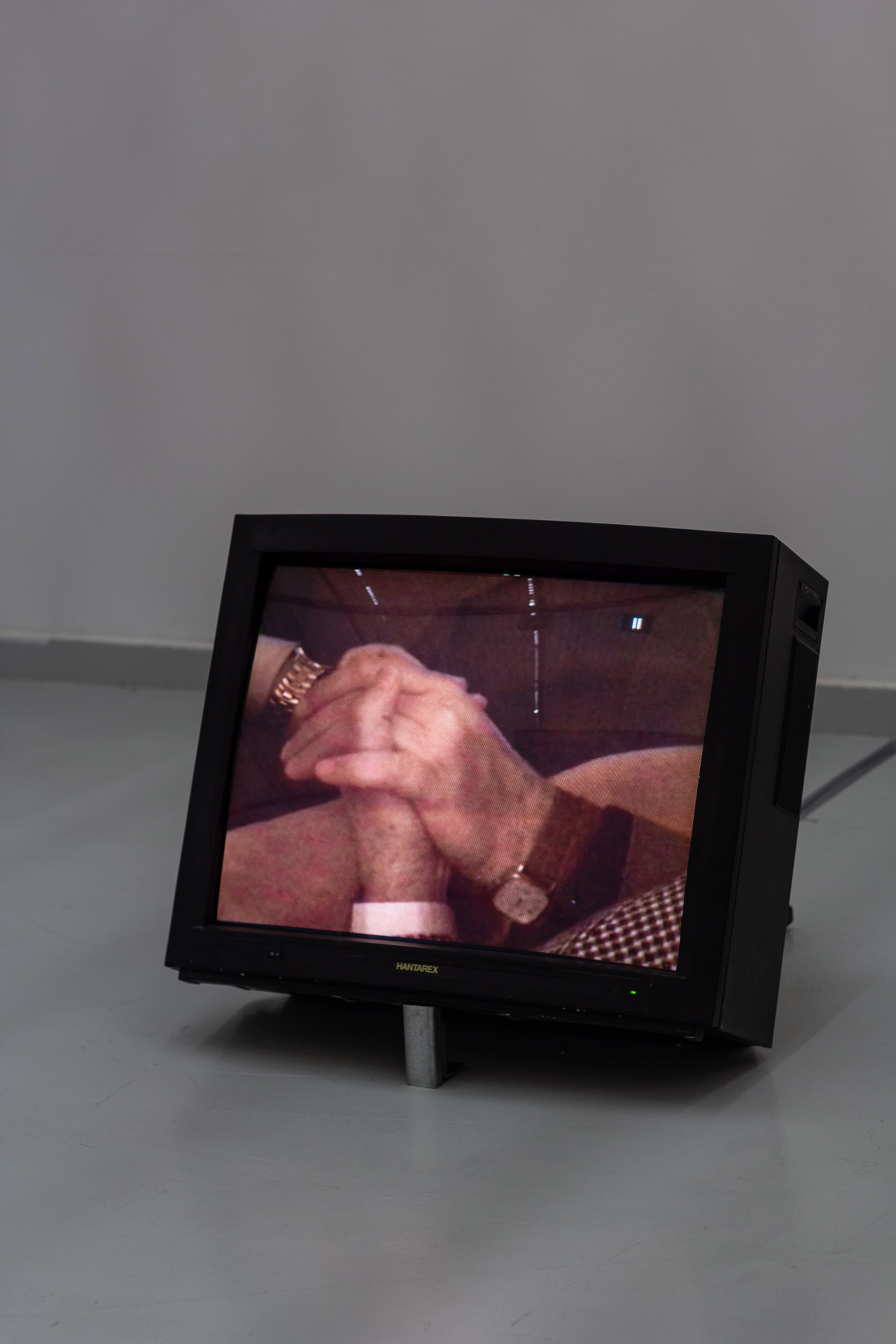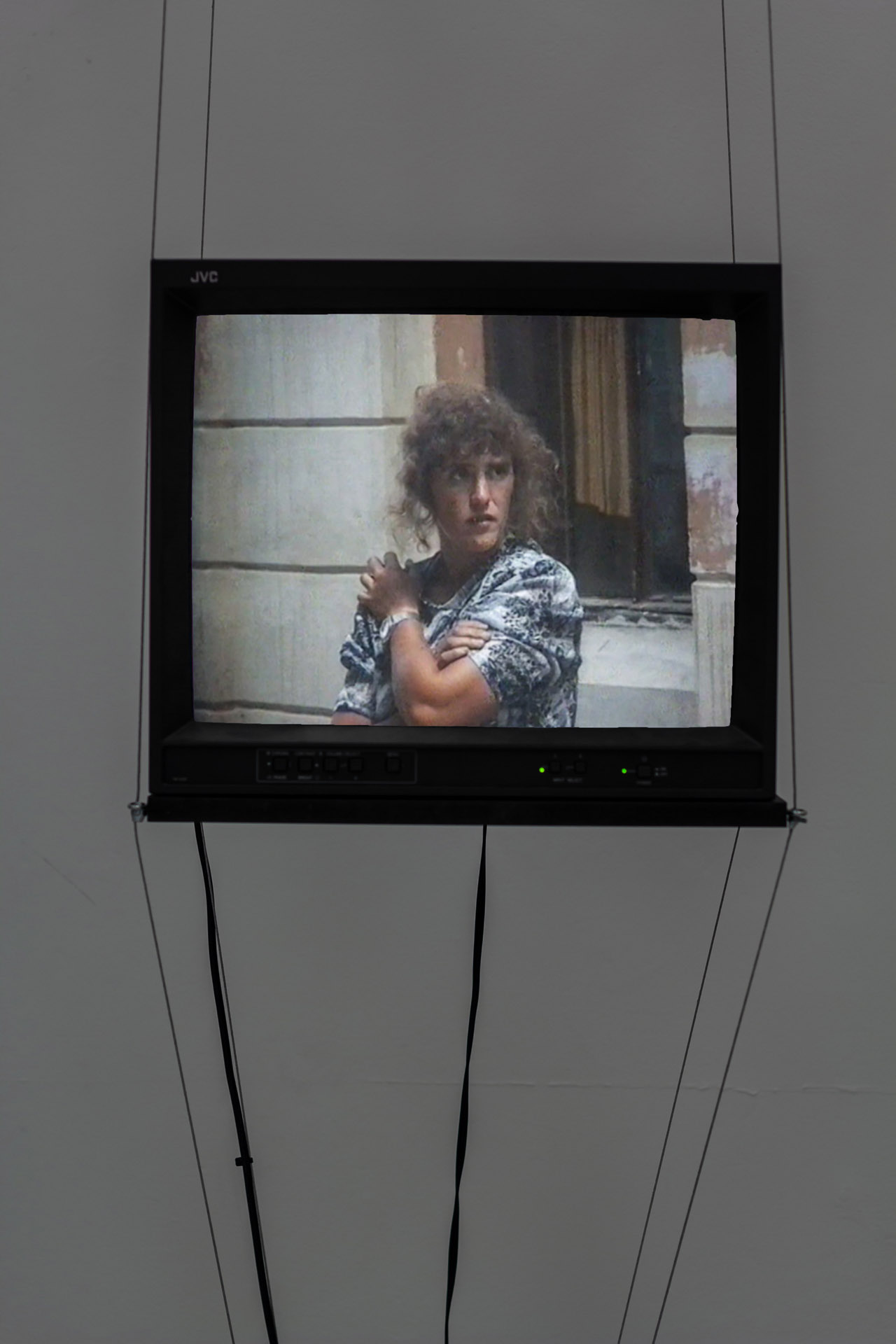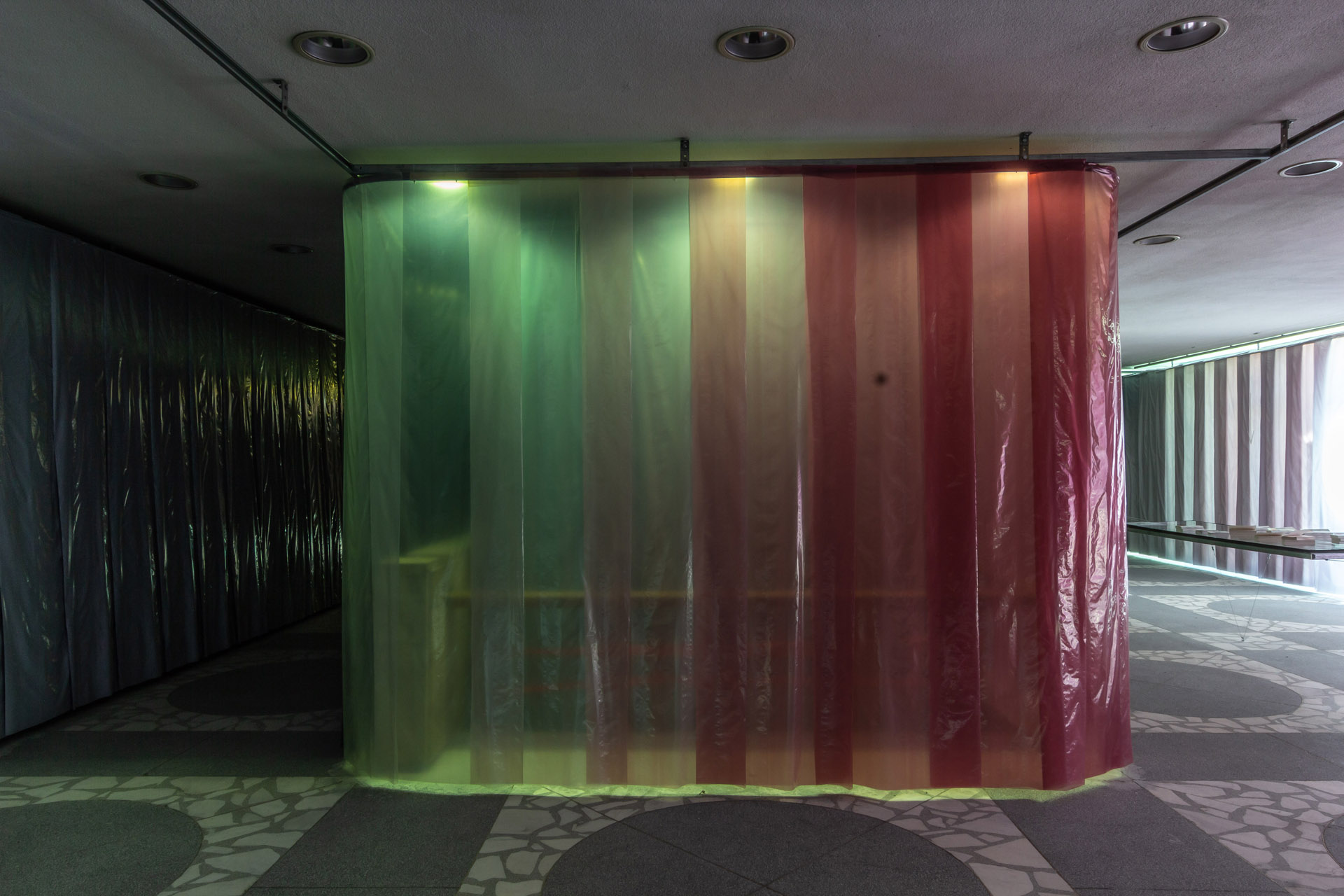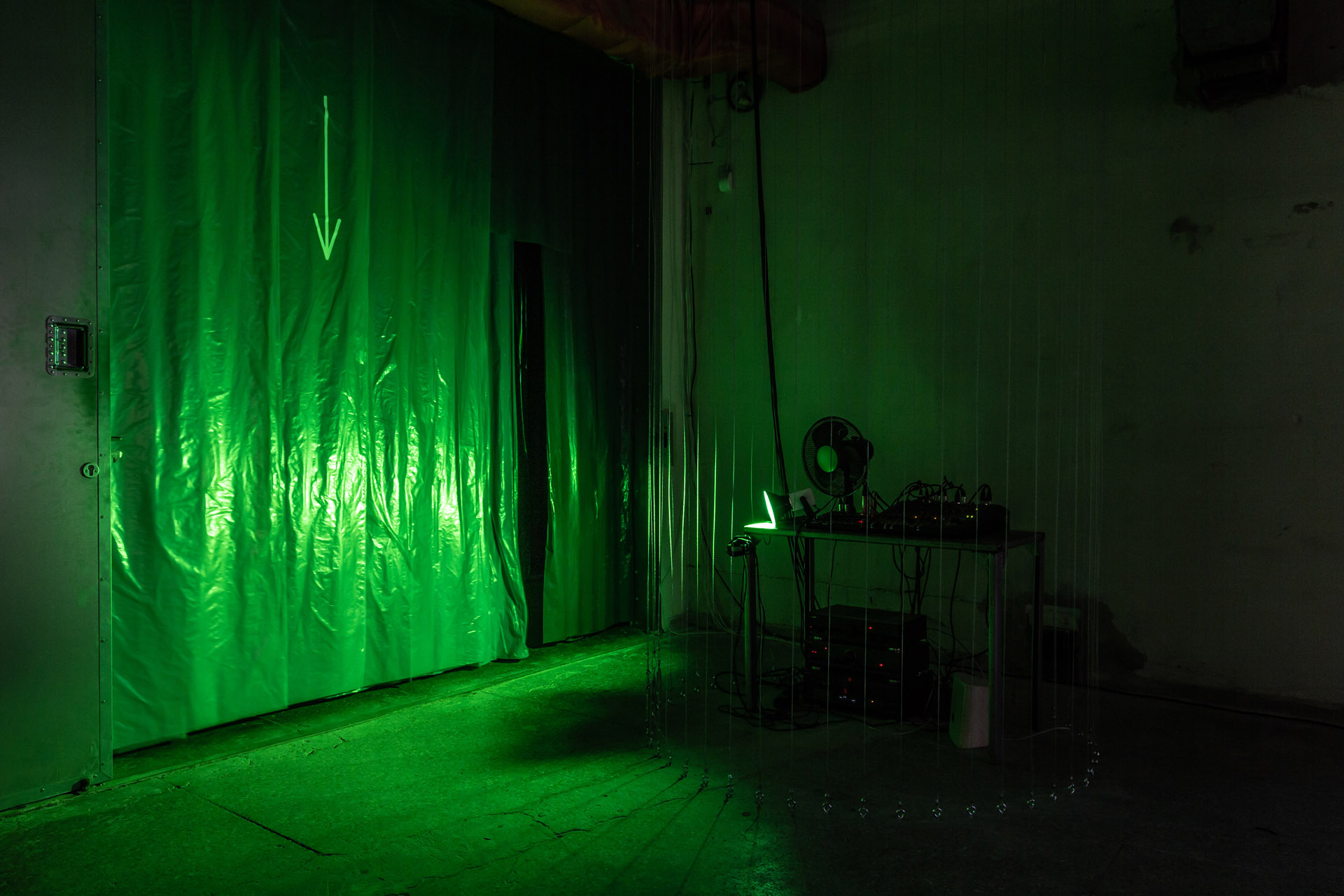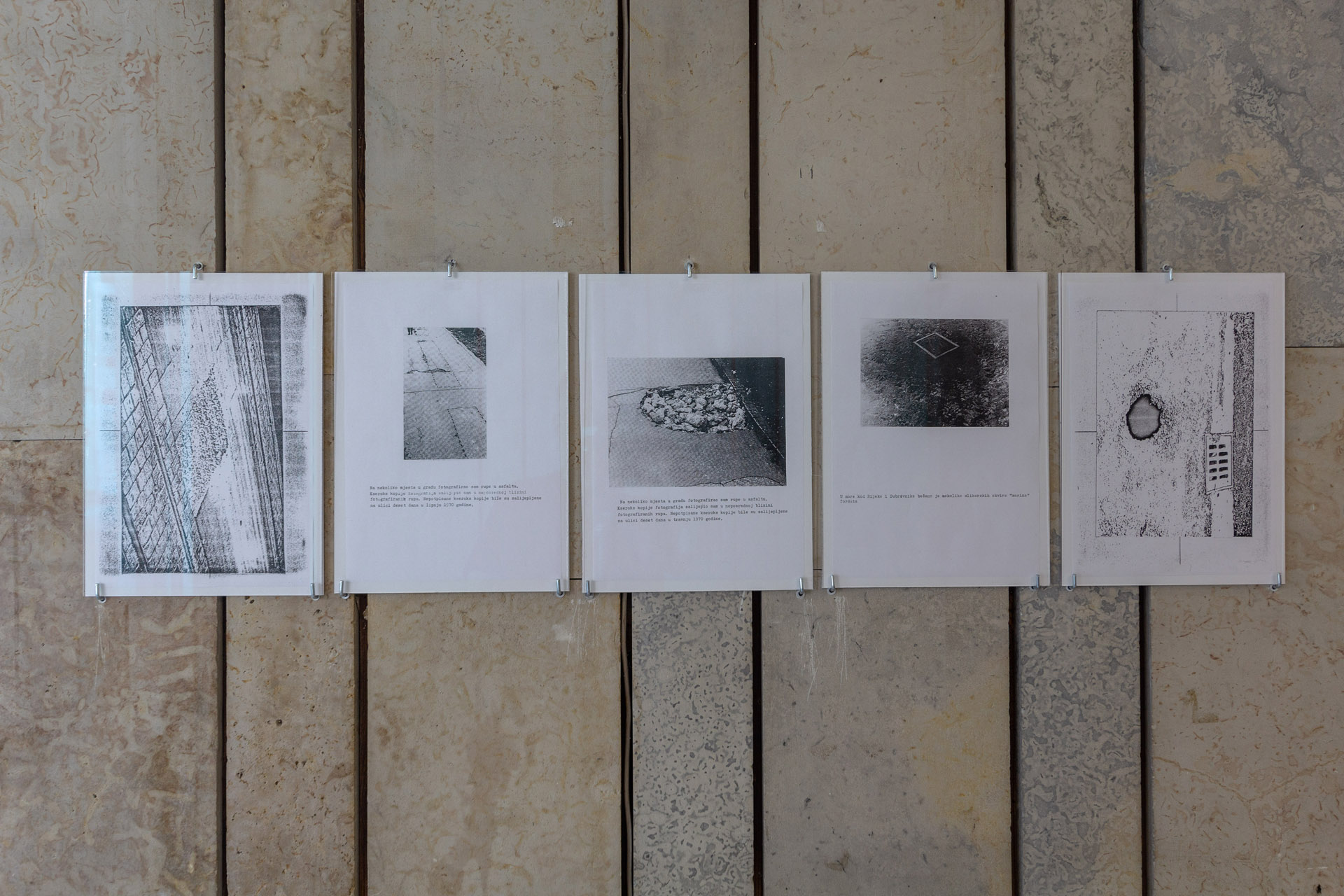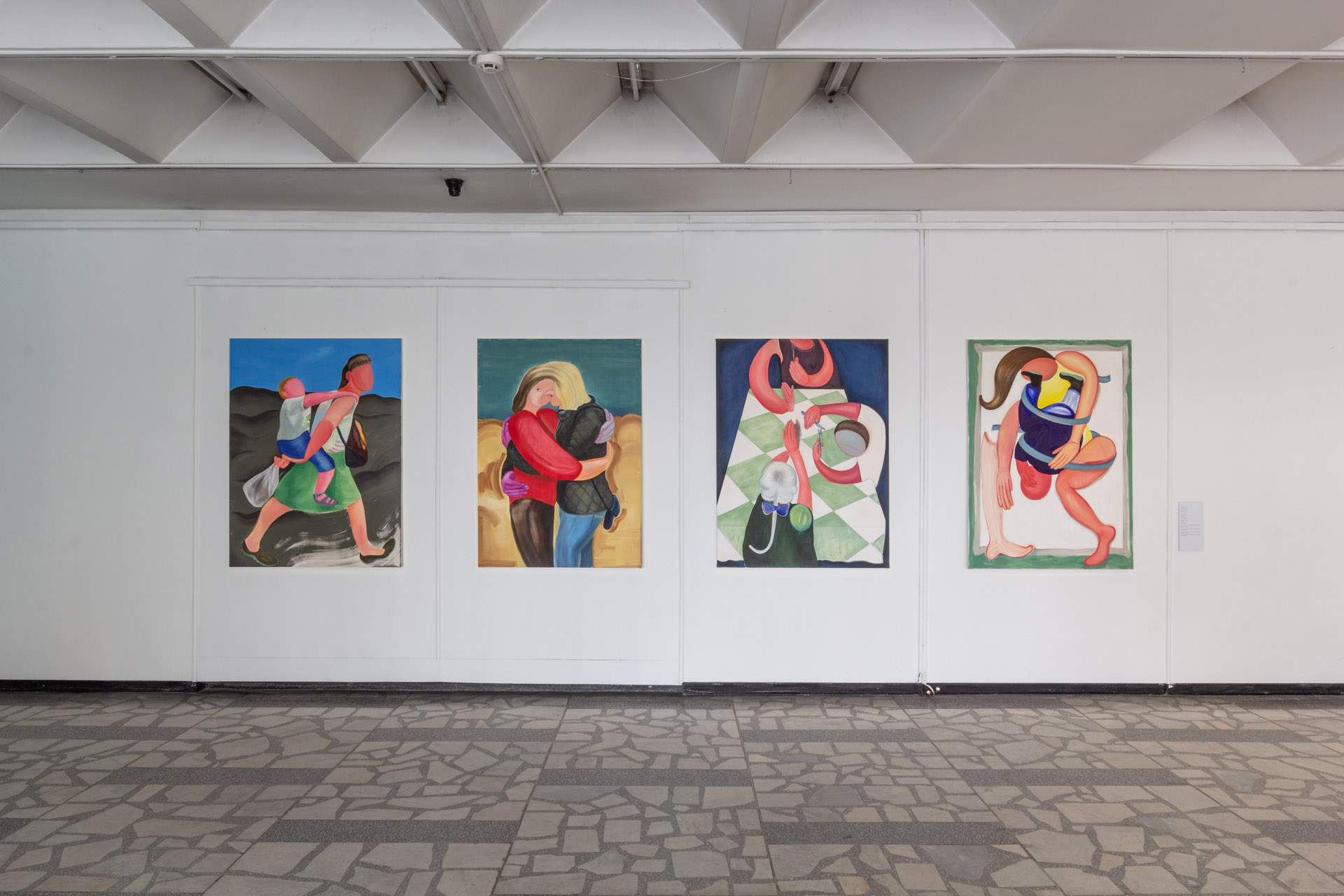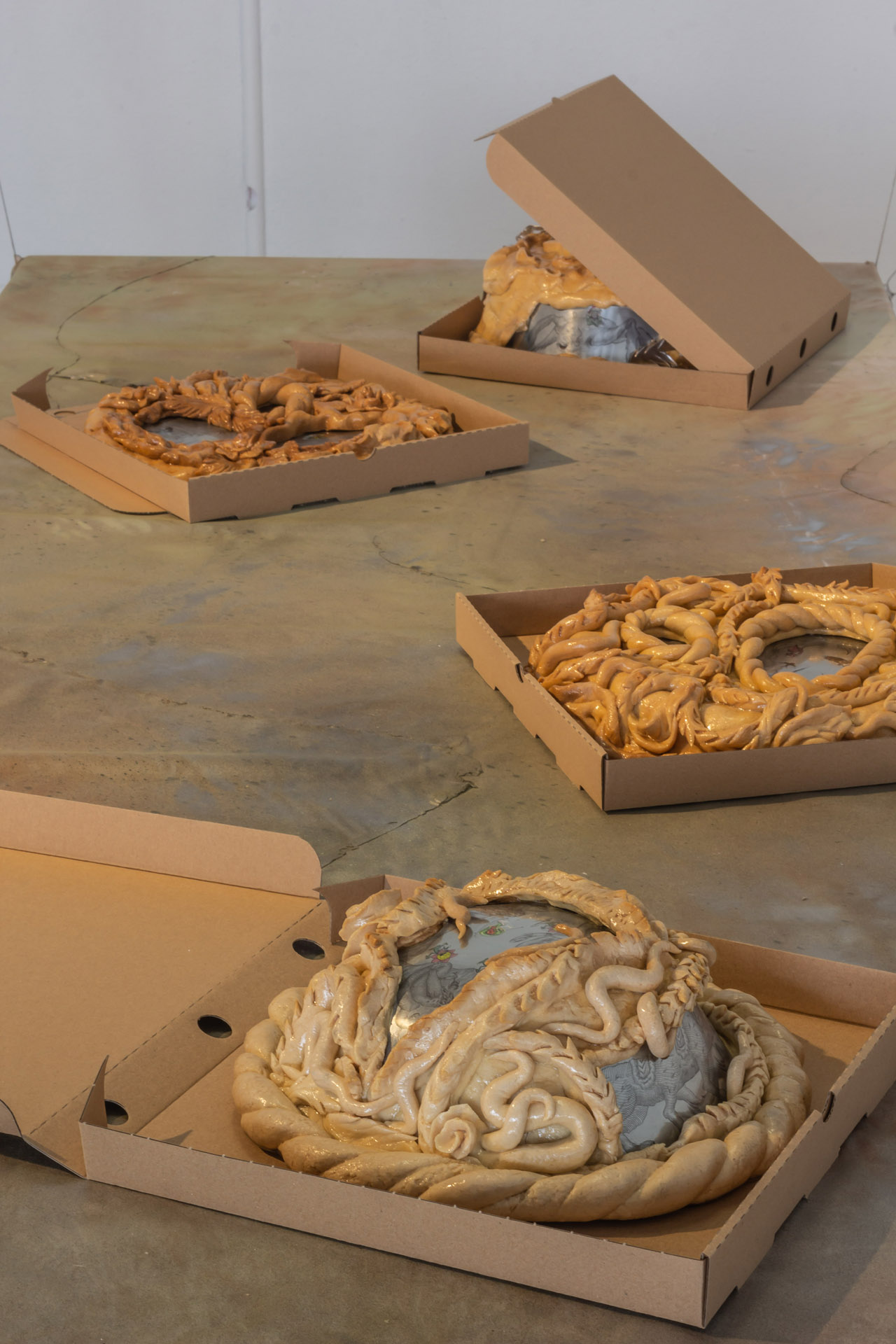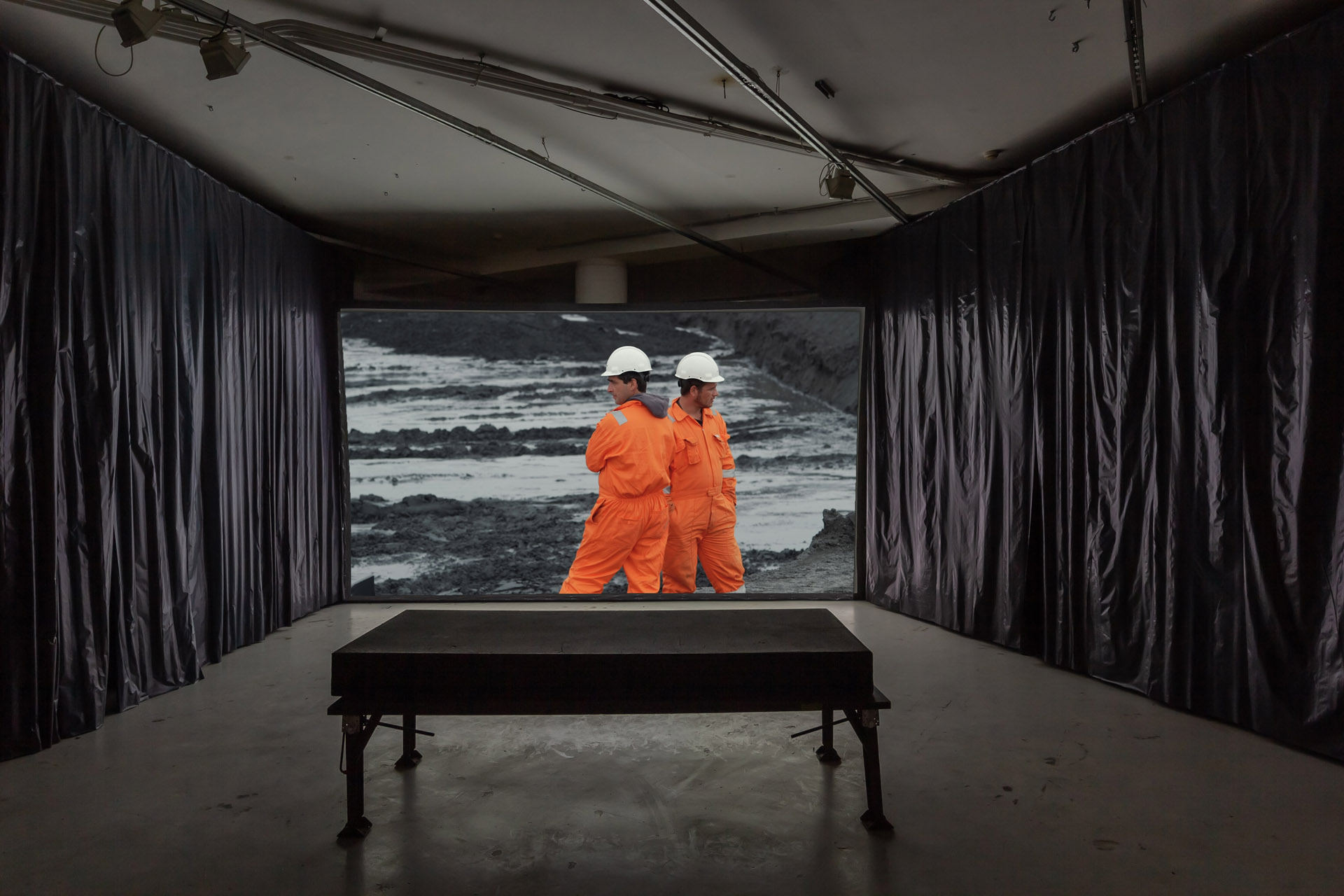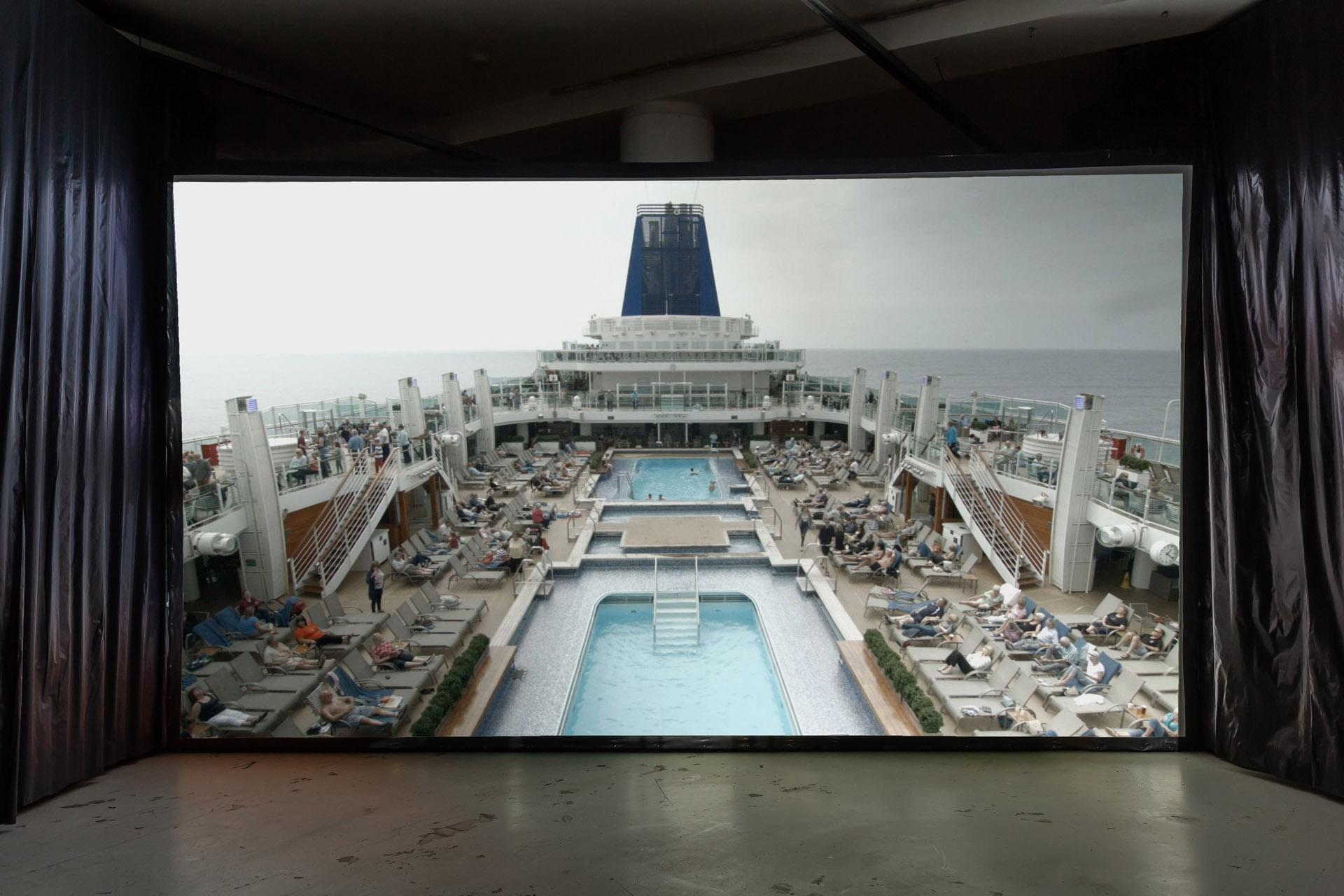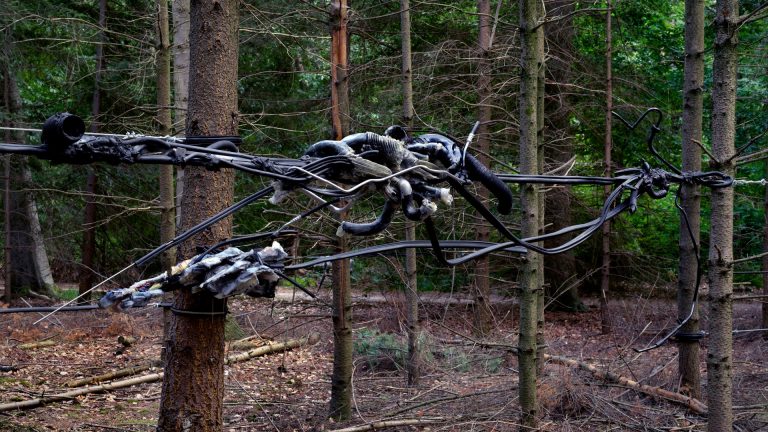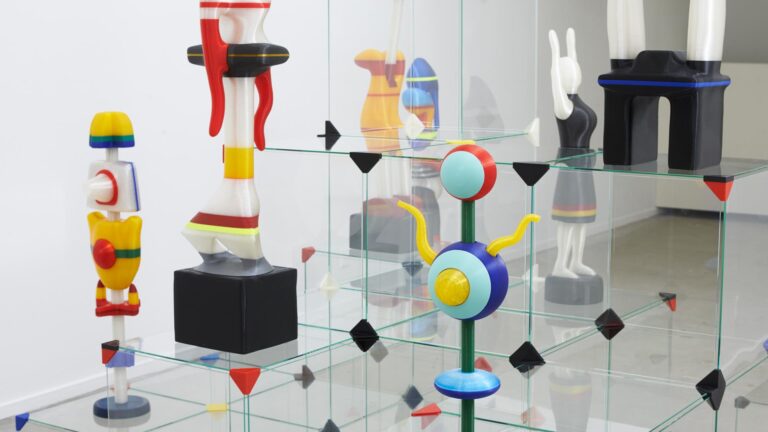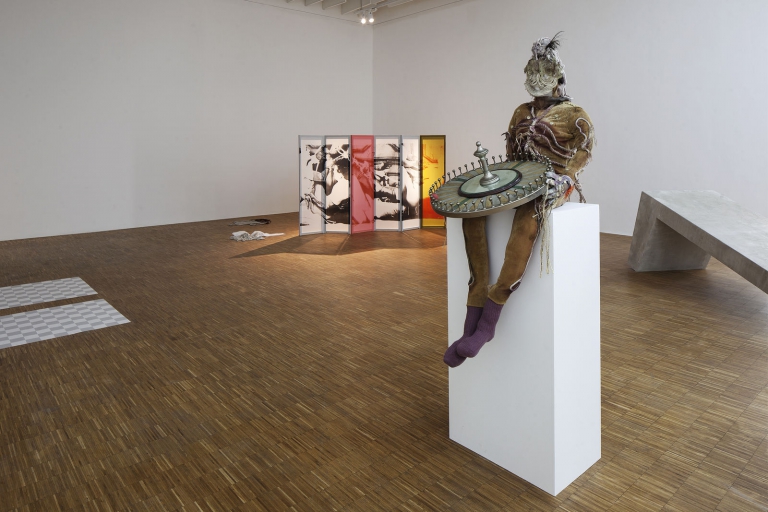Artists: Jüri Arrak, Tekla Aslanishvili, Alex Baczynski-Jenkins, Zuzanna Czebatul, Juta Čeičytė, Anna Daučíková, Aleksandra Domanović, Harun Farocki, Andrei Ujica, Uli Golub, Edvinas Grin, Lubomir Grzelak, Henrikas Gulbinas, Flaka Haliti, Roman Himey-Yarema Malashchuk, Klára Hosnedlová, Monika Janulevičiūtė, Antanas Lučiūnas, Milda Januševičiūtė, Miša Skalskis, Agnė Jokšė, Krõõt Juurak, Alex Bailey, Dóra Maurer, Flo Kasearu, Zsófia Keresztes, Jiri Kovanda, Vojtěch Kovařík, Tomasz Kowalski, Edward Krasiński, Žygimantas Kudirka, Felicita, Dasha Kuznetsova, Danutė Kvietkevičiūtė, Sasha Litvintseva, Natalia LL, George Mačiūnas, Yarema Malashchuk, Roman Himey, Rachel McIntosh, Robertas Narkus, Ania Nowak, Markéta Othová, Jaakko Pallasvuo, Agnieszka Polska, Nada Prlja, Anni Puolakka, Karol Radziszewski, Marija Teresė Rožanskaitė, Adam Rzepecki, Kirill Savchenkov, Sergey Shabohin, Jura Shust, Janek Simon, Miša Skalskis, Emilija Škarnulytė, Martina Smutná, Virgilijus Šonta, Anastasija Sosunova, Mladen Stilinović, Lukas Strolia, Oleg Šurajev, Viktor Timofeev, Dominika Trapp, Goran Trbuljak, Evita Vasiljeva, Mona Vatamanu, Florin Tudor, Elena Veleckaitė, Austėja Vilkaitytė, Stephen Webb, Jonas Zagorskas, Žilvinas Dobilas, Artur Žmijewski, and others
Exhibition title: Baltic Triennial 14: The Endless Frontier
Curated by: Valentinas Klimašauskas and João Laia
Venue: Contemporary Art Centre (CAC), Vilnius, Lithuania
Date: June 4 – September 5, 2021
Photography: all images copyright and courtesy of the artist and Contemporary Art Centre (CAC), Vilnius
Baltic Triennial 14 is co-presented with Autarkia, Atletika, Editorial, Lithuanian Artists’ Association, Swallow, Tech Arts in partnership with Rupert
The 14th edition of the Baltic Triennial (BT14) is set with the conviction that in a paradoxical time of fragmented integration, addressing the local is, simultaneously, to question the global. Consequently, and for the first time since it was established in 1979, BT14 focuses on the geopolitical territory of Central and Eastern Europe and includes historical as well as contemporary artistic practices.
The BT14’s take on the region engages with its composite constitution, highlighting transnational connections. The inclusion of some artists from locations such as the Balkans, the Caucasus or Finland, underlines Central and Eastern Europe’s porous boundaries as well as its belonging to a global and multilayered network of systems.
Regularly experiencing abrupt shifts, Central and Eastern Europe is a key crossroad for social issues related to ideology, ecology and economy. The region’s gravitational pull is further highlighted by the introduction or anticipation of numerous tensions, which later also emerged elsewhere such as disinformation, man-made industrial disasters, nativist nationalism, or the oppression of non-normative identities.
The BT14 connects the rich artist-led Vilnius scene. As the organising institution, the Contemporary Art Centre (CAC) invited the project spaces Atletika, Autarkija, Editorial, Rupert, and Swallow to join as partners. Each platform will autonomously develop a project while including some of the artists presented at the CAC’s exhibition. Another ally, the Lithuanian Artists’ Association, shared their spaces and archive, which holds key documents about the early iterations of the Baltic Triennial.
In collaboration with international partners Kim? Contemporary Art Centre (Riga, Latvia), the Estonian Centre for Contemporary Art (Tallinn, Estonia), and Mousse Publishing, the CAC, Vilnius will also produce a reader with launch events planned in cities including Berlin, Riga, Timișoara, Vilnius, and Warsaw during autumn and winter 2021/2022.
BT14’s architecture project by Isora x Lozuraityte studio proposes a radical reshaping of the CAC’s iconic city-centre building, rechoreographing its spaces through a number of interventions which place ecological sustainability at its core and uncover the layered history of the site.
Together, the voices grounding BT14 map Central and Eastern Europe as a kaleidoscopic, queer space-time of a strange realism whose extraordinary polyphonic juxtapositions echo the complexity of the world at large.
Architecture: Isora x Lozuraityte studio (Petras Išora and Ona Lozuraitytė)
Design: Nerijus Rimkus
Project Manager: Julija Fomina



